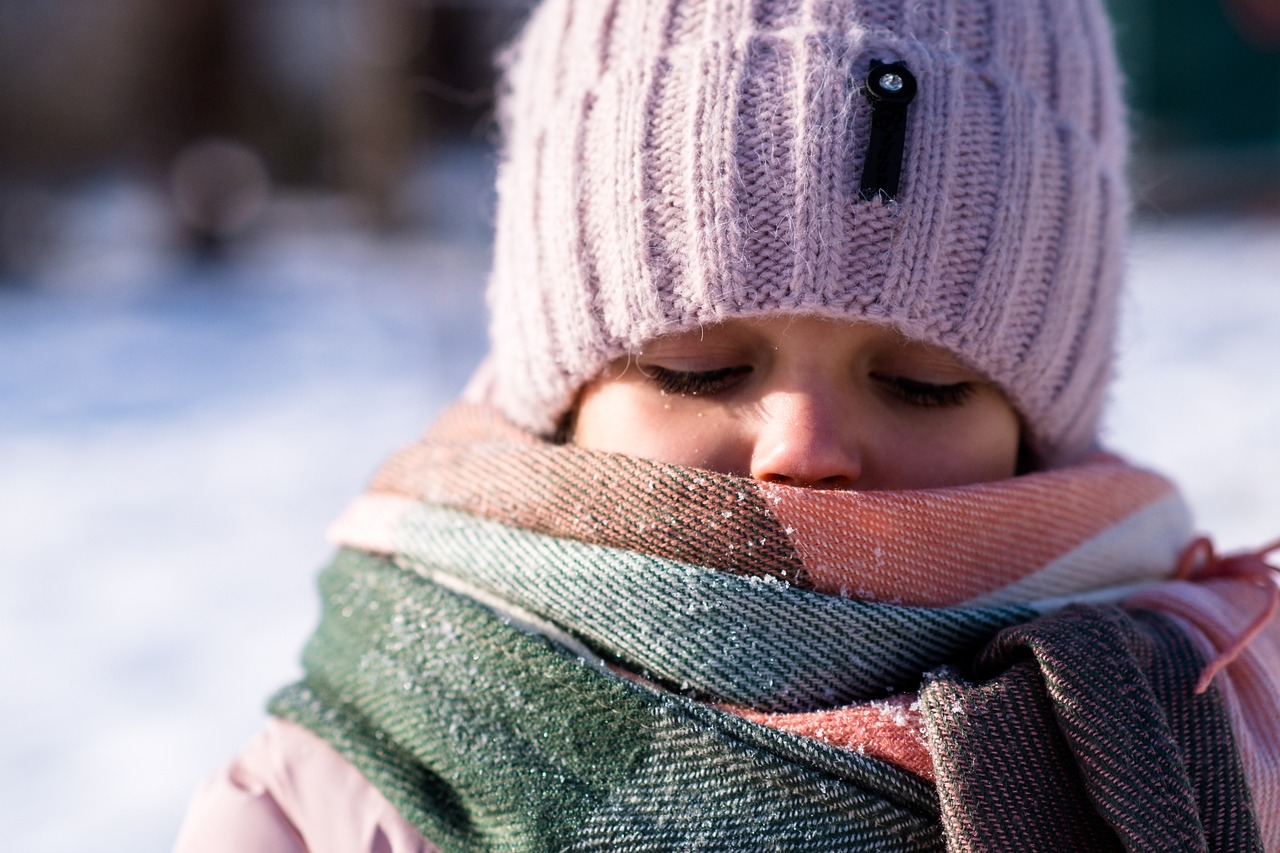
When the mercury dips and the cold weather sets in, our homes become our sanctuaries against the chill. However, to ensure your house remains a warm and safe refuge, some preparations are necessary. Here’s a rundown of essential tasks and items to winter-proof your home.
- Seal Gaps and Cracks
One of the primary culprits of heat loss is air leakage. Inspect your home for gaps and cracks around windows, doors, and foundations. Use weather stripping, caulk, or foam sealant to close these gaps. This will not only keep the warm air in but also reduce your heating bills.
- Insulate Your Home
Proper insulation is key to maintaining a steady indoor temperature. Check the insulation in your attic, walls, and floors. Adding insulation or upgrading existing materials can make a significant difference in comfort and energy efficiency.
- Maintain Your Heating System
Before the cold sets in, have your heating system inspected and serviced by a professional. Replace filters regularly to ensure efficient operation. It’s also a good idea to have a backup heat source, such as space heaters or a well-maintained fireplace.
- Protect Your Pipes
Frozen pipes can burst and cause significant damage. Insulate exposed pipes in unheated areas like basements, attics, and garages. On extremely cold nights, let faucets drip slightly to prevent freezing.
- Check Your Roof and Gutters
Ensure your roof is in good condition and free of leaks. Clean out your gutters to prevent ice dams, which can cause water to back up and damage your roof. Consider installing gutter guards to keep debris out.
- Install Storm Windows and Doors
Storm windows and doors provide an extra layer of insulation against the cold. They can be installed over your existing windows and doors and help reduce heat loss and drafts.
- Stock Up on Essentials
Winter weather can sometimes lead to power outages or being snowed in. Keep an emergency kit with essentials like non-perishable food, water, blankets, flashlights, batteries, and a first-aid kit. A generator can also be a valuable investment for extended outages.
- Trim Trees and Shrubs
Heavy snowfall and ice can cause tree branches to break and damage your home. Trim any overhanging branches and shrubs near your house to minimize this risk.
- Prepare Your Car
If you park your car outside, make sure it’s winter-ready too. Use a windshield cover to prevent ice buildup, and have an emergency kit in your vehicle that includes a blanket, ice scraper, and jumper cables.
- Test Smoke and Carbon Monoxide Detectors
With increased use of heating systems, the risk of fires and carbon monoxide poisoning can rise. Ensure your detectors are working correctly and replace batteries as needed.
By taking these steps, you can help safeguard your home against the harshness of winter weather. Stay warm, stay safe, and enjoy the cozy comforts of a well-prepared home!
